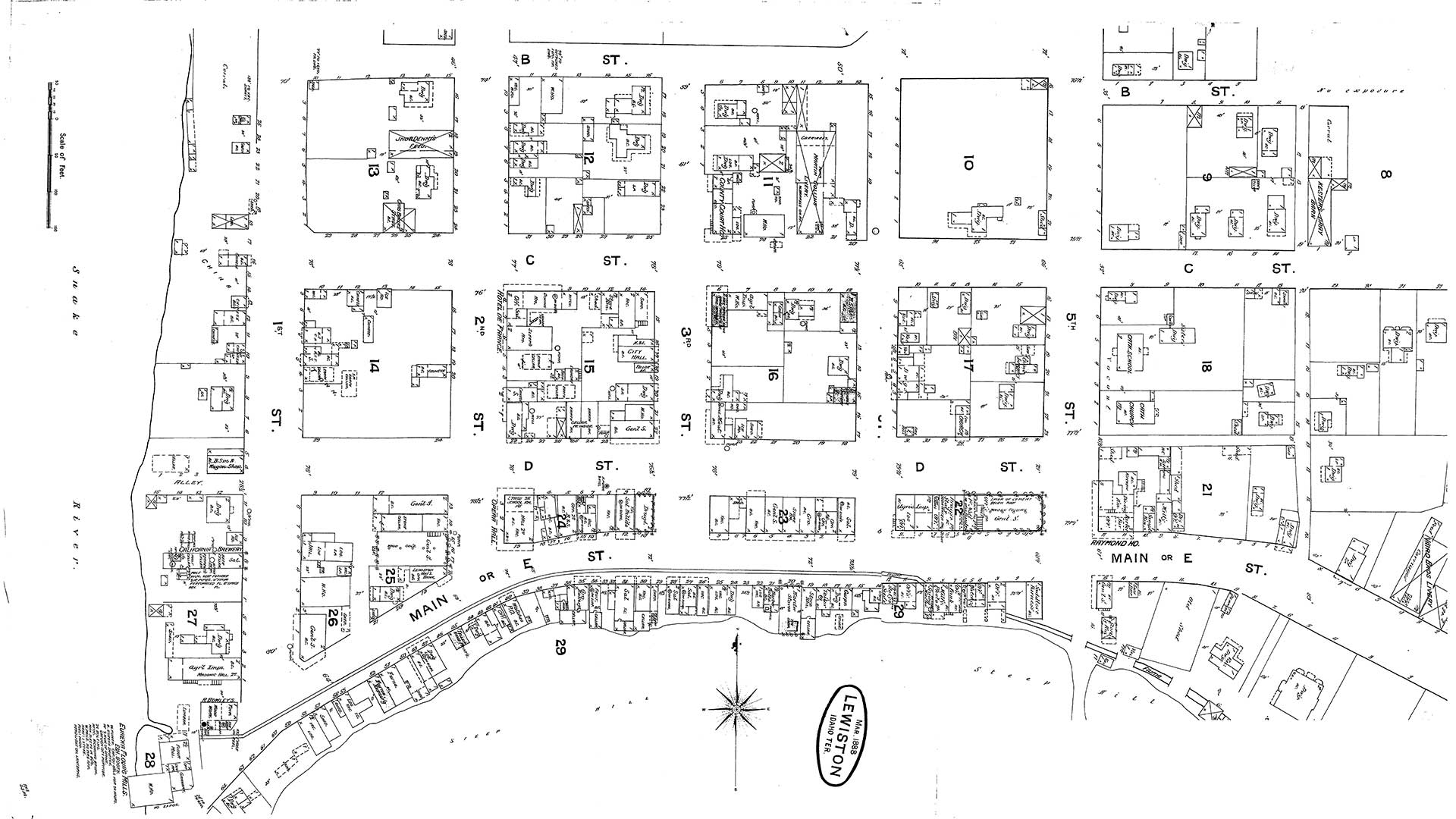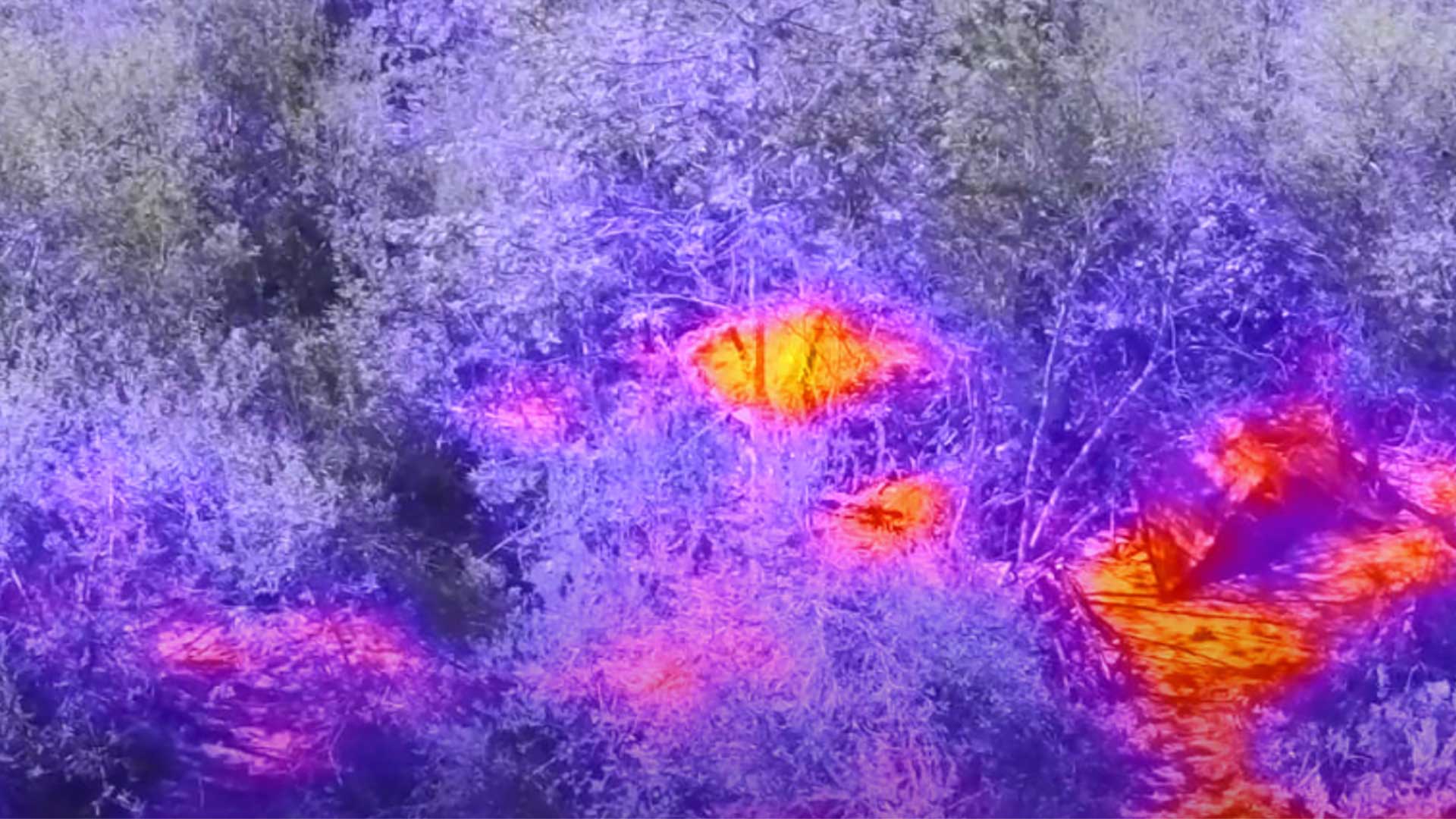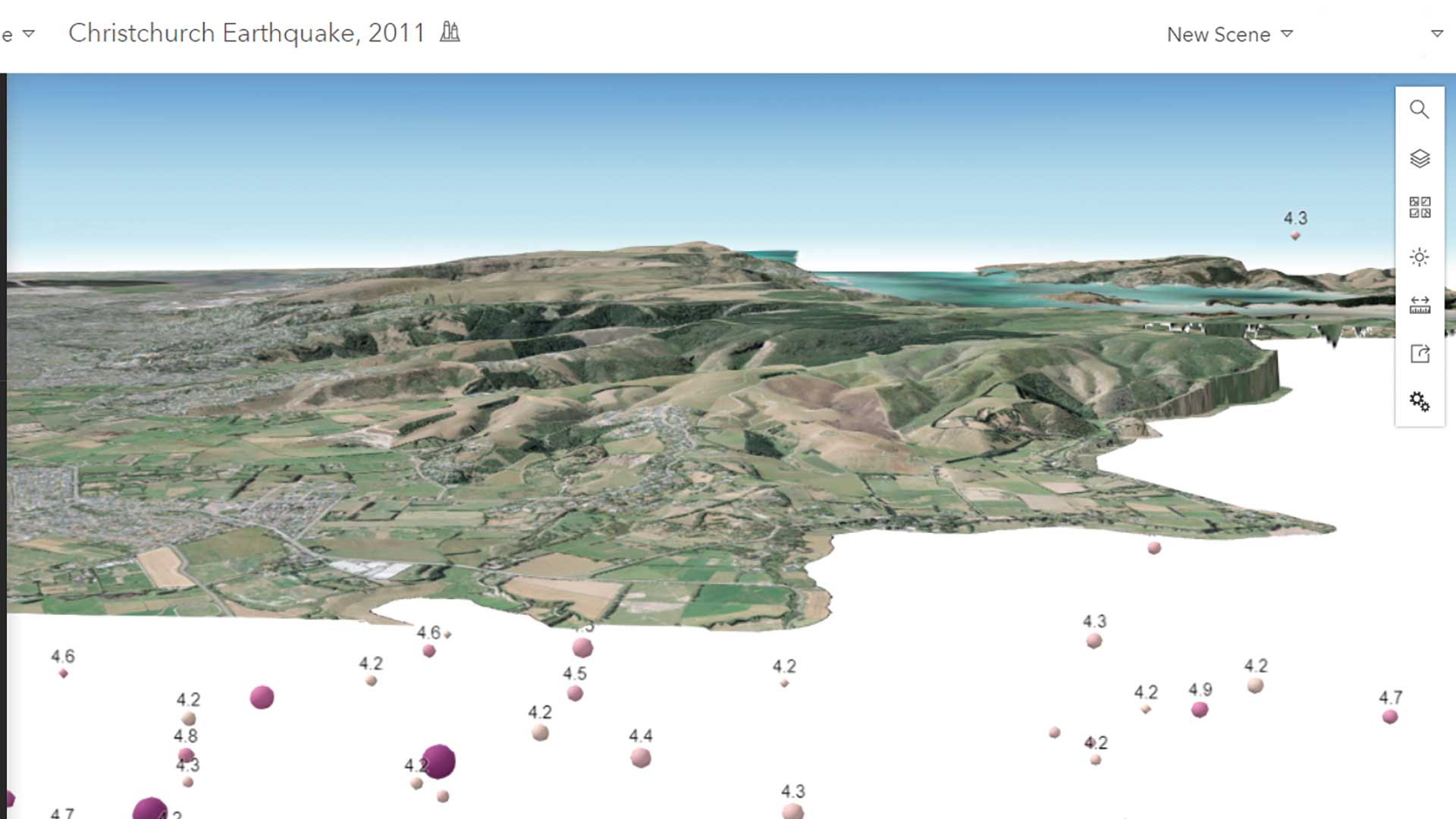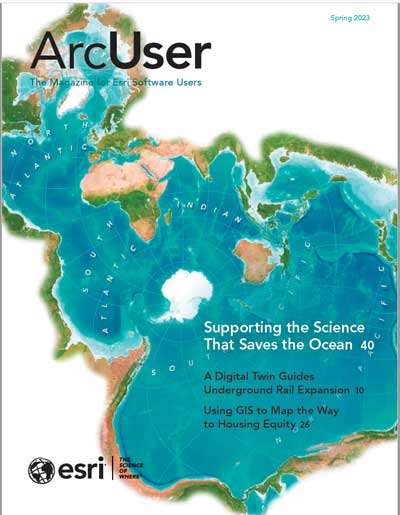The San Bernardino County Superintendent of Schools (SBCSS) office worked with the Southern California county’s school districts to create a website that uses a GIS portal to provide comprehensive information and helps better prepare students for college and the workplace.
With more than 20,000 square miles, San Bernardino County has the largest geographic extent of any county in the United States. Its 33 school districts serve the educational needs of a diverse population of nearly 400,000 K–12 students. SBCSS acts as an intermediate service agency between the California Department of Education and San Bernardino County school districts.
The county’s school districts have partnered with SBCSS to support data management and analysis that provide oversight using such metrics as standardized test scores, graduation rates, and college acceptance rates. Previously each school district managed its own datasets and shared them with various educational partners as printed reports. Information was duplicated, and the lack of standardization made collaboration difficult.
“We’re all out there making these same reports repeatedly,” said John Massie, program manager for assessment, data analytics, research, and evaluation at SBCSS. Each district report looked different, and districts had no standardized way to communicate. These paper-based reports had spreadsheets and few visuals.
“We’d make a report on this and show some people, present it, and then the report sort of just goes to die; it never gets to live on,” said Massie. A tangible and persistent record of presentations was not maintained so that it could be referenced in the future.
There was no technology infrastructure to streamline the acquisition of information, maintain historical records, and support communications across districts and regions within the county. Paper-based processes also made it difficult for district staff to effectively apply to the state for more resources. Parents found it challenging to access the information they needed to make decisions regarding their children’s futures.
SBCSS county superintendent Ted Alejandre advocates locally, statewide, and nationally for policies and resources to help districts prepare students for college and the workforce. In response to this situation, the county districts and Alejandre strategized with staff, parents, and the public on how to provide easy access to the educational data critical to meet the unique needs of every learning community.
More than seven years ago, San Bernardino County stakeholders developed and implemented the Cradle-to-Career Roadmap using a collective impact approach to achieve the countywide vision. This roadmap website provides a one-stop resource for families to track important milestones for their children to gauge student progress and offers resources to community members. The site links to reports on childhood and young adult development and resources available from the California Department of Education and other educational organizations.
With the development and implementation of the Cradle-to-Career Roadmap website, there was potential for GIS to enhance the integration with the state’s systems to share data more accurately and consistently. The GIS-based open data portal was developed to share information and statistics. It gives district staff, parents, and students access to reports and data.
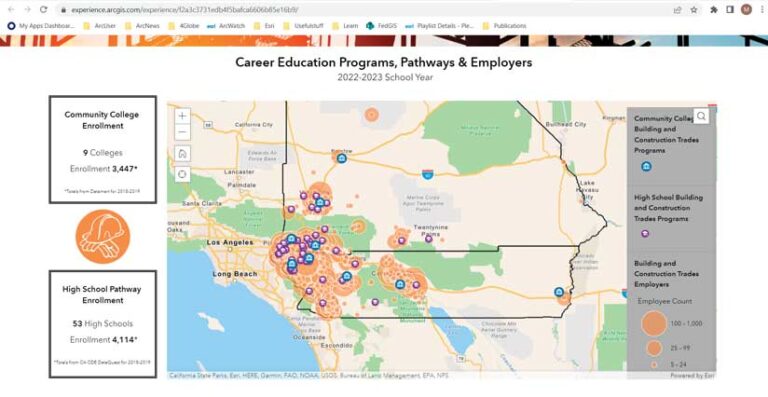
“Providing an open portal where residents, schools, government, and community agencies can access data to help inform decision-making about educational and career attainment and opportunities is a crucial priority,” said Alejandre.
Through the partnership, the districts and SBCSS streamline data into one open data platform that uses GIS for sharing information, building awareness, data analysis, and reporting. The open data portal uses ArcGIS for Power BI and ArcGIS Dashboards to display information.
“[The technology] is super versatile. We can embed Power BI visualizations. It blends so nicely with the geospatial maps; [the hub site] is a nice place to hold everything,” said Massie.
The data portal allows viewers to easily access information and answers to the common school districts questions such as:
- What is the high school graduation rate?
- What is the economic status of families in the district?
- How many students does the county serve?
The hub site can provide links to much more detailed, interactive reports and display trends over time that update automatically. The additional capability with GIS allows the county to integrate data and make changes or provide solutions for students and families based on data. In the past, the school districts couldn’t respond as fast to student and family needs, but with the data integration, county and district leaders are able to support students in near real time and follow historical trends.
School districts can gather data faster and more efficiently thanks to the automation provided by GIS tools. Massie often shares with school districts what they can do with the data from the site. Since the data portal’s implementation, districts evaluate their performance in comparison to other districts in the county. They can also view their data over time.
The portal provides access to all the data in one location and eliminates the need to visit several state websites and combine data. With the open data portal, districts can monitor student performance and create comparative graphs for their presentations to local governing boards and community groups.
“It’s a self-service thing. Districts don’t have to ask us to make graphs for them; they can pull all the data they need. We aren’t slowing them down,” said Massie.
Alejandre remarked, “I am proud of the range and accessibility of data that is available through the SBCSS open data portal and Cradle-to-Career platforms, so that the public has access to information that can spur academic success for students.”
